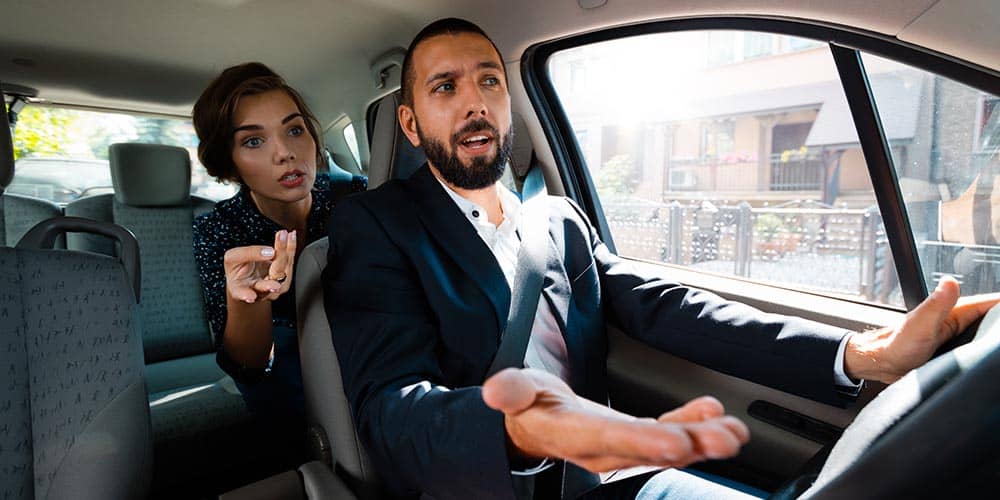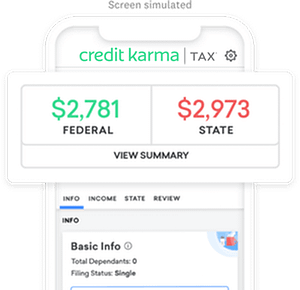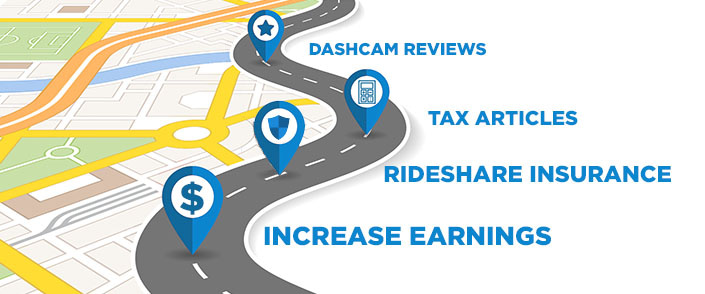This website contains affiliate links and we may be compensated for referrals.
How Uber’s New Reporting Feature Changes the Game: Implications for the Rideshare Industry
The next phase of the battle between service user and service provider comes with Uber’s new reporting feature (released in the US & Canada in February 2020), which allows riders to report driver issues in real-time during their trip.
Over the last decade, Uber has transformed the traditional “taxi” marketplace into a technology-oriented rideshare market, providing riding convenience to the masses.
Uber currently operates in 83 countries, covering well over 700 cities globally. Although successful, those numbers show extensive growth which presents challenges in regards to safety.
However, regardless of their success, Uber deals with the same challenges as most modern technology companies. Namely, how do you deal with increasingly demanding consumer habits and how do you manage the rights of workers who provide the service?
Uber currently operates in 83 countries, covering well over 700 cities globally. Although successful, those numbers show extensive growth which presents challenges in regards to safety.
However, regardless of their success, Uber deals with the same challenges as most modern technology companies. Namely, how do you deal with increasingly demanding consumer habits and how do you manage the rights of workers who provide the service?
In the last few years, the company has been inundated with negative press stories on both sides of the divide—such as the revelation that there were over 3,000 cases of sexual assault reported by riders in 2018 and the defeat in a UK employment tribunal over the rights of its classified workers to a holiday pay, a minimum wage, and paid rest breaks.
This article explores Uber’s new reporting feature in detail to discuss why Uber has released it, to explore the ramifications for riders and drivers, and to also explore the impact this could have on the rideshare market.
What is Uber’s New Reporting Feature?
Uber has launched a new feature in its app that allows riders to secretly “snitch” on the drivers for any bad behavior or if they feel uncomfortable during the ride.
The feature is called ‘On-Trip Reporting’.
The instances that riders can report may not be of emergency level but the ones that make them feel unsafe. Riders can report these cases in real-time during the trip and can include: inappropriate questions by the driver, reckless driving or texting while driving.
Before this new reporting feature was introduced, riders provided feedback only after the trip was over.
This was not effective for reporting issues since people often rush to meetings, work or social gatherings, and tend to forget to report when they leave the vehicle.
This new reporting feature has been available in the Uber app since February 19th, 2020—and Uber riders from the US and Canada can start using it.
The feature is located in the Uber’s app “Safety Toolkit”.
On the menu of the Uber app, there is an option named ‘Report a Safety Issue’, where riders can click and be able to record whatever issue that makes them feel unsafe or uncomfortable.
In case of an emergency, there is an option where riders can directly call 911. Once the rider has reported the case, a member of the Uber’s safety team will follow up on both the rider and the driver after the trip has finished.
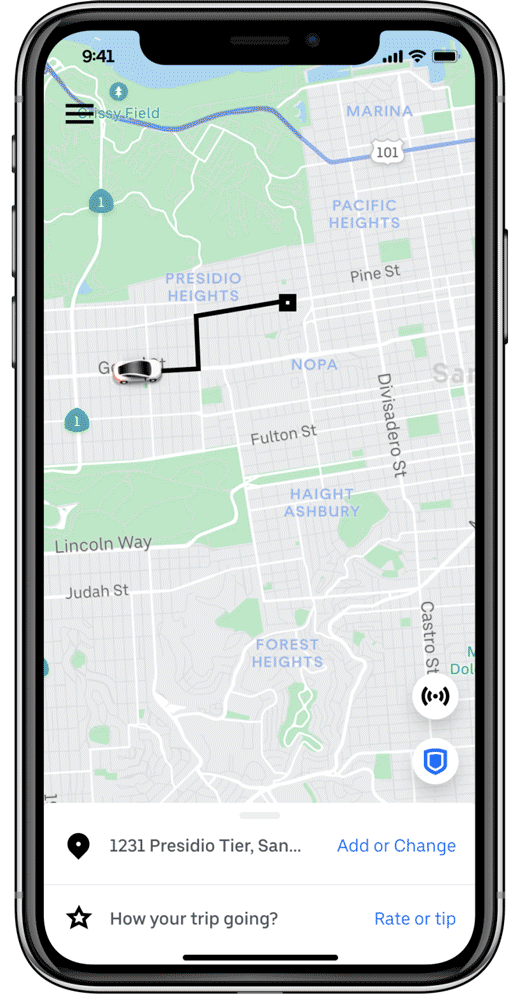
What issues are the New Reporting Feature trying to solve and what are the benefits?
Anything can go wrong when you are riding with a stranger in an enclosed space for a period of time.
According to Uber’s first study in 2019 about incidents, 58 people were killed in a crash and at least 9 murder cases were reported. The report also showed that 3045 cases of sexual assaults were reported during the rides in 2018 which led to several sexual assault lawsuits being lodged against the company.
The new reporting feature aims at allowing riders to report any inappropriate behavior by the drivers during the trip while it is happening, rather than after the ride when the mind can slip. This will encourage more reporting, which in turn helps Uber make the app safer for its users.
The new feature allows riders to report anything that does not make them feel comfortable during the ride.
The reports will help the San Francisco-based company address problems that are often underreported and are not of emergency nature during rides. This is because there are millions of Uber rides across the globe and lots of cases happen during these rides that the passengers forget to report. The on-trip reporting will also help Uber identify the nature of the problem and how exactly it happens.
Apart from understanding the nature of the incidents that occur during the trips, Uber can use the data to create safety solutions for both its riders and drivers to ensure that they are comfortable and safe during trips.
Uber’s On-Trip Reporting feature will help remove bad drivers from the road.
The drivers that have been reported will receive training designed to help them conduct themselves more appropriately during trips.
The reports are anonymized so that the drivers cannot know the information of the rider that reported them. Uber will take further action for a driver that shows similar bad behavior over time.
The new reporting feature is an addition to the other safety features that Uber has introduced in its app to ensure the safety of its users. Other features include in-app safety button, Ridecheck notifications that confirm with users that everything is okay when a trip has stopped for a while, as well as pin verifications for rides.
Uber hopes that riders do not misuse the new feature by reporting insignificant cases such as not driving fast enough, but use it to report cases that will help the company improve their safety during rides.
Uber does a background check for every driver before they start their job and re-screens every year to ensure that they are safe drivers for the company.
Potential issues from the New Reporting Feature
While protecting potentially vulnerable riders from abusive or dangerous drivers is undoubtedly a good thing – Uber’s new reporting feature certainly spells trouble for the majority of its well-behaved workforce, leaving them open to abuse from riders who now have the upper-hand.
This is not to forget Uber’s already troubled relationship with its drivers.
Uber drivers are not classed as employees in most states, although this is being fought in California with some success.
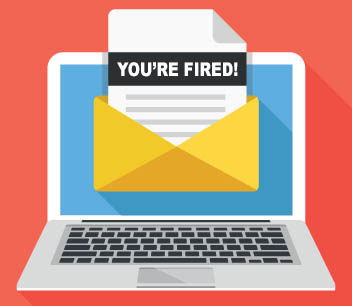
This strategy is very deliberate from ‘gig economy’ companies such as Uber, as Forbes Magazine speculates, allowing Uber drivers to transition from ‘independent contractors’ to become employees means they are subject to employment laws which could potentially lead to increases in Uber’s costs by 20%.
Although the new reporting feature is in its infancy during a trial period in the US and Canada, there are some key questions that company will have to think about before releasing the feature globally, these include:
- Is there any protection for good performing drivers who may be the victims of vindictive riders who now have the power to report their conduct in real-time and require no evidence to back it up?
- Is Uber prepared for the increase in staff turnover brought about by this new feature, which will undoubtedly increase the number of drivers who are locked out of the app?
To speculate on the first question – the answer is no.
From the documentation currently published by Uber on the new reporting feature, there is no mention of any protection or ‘right to redress’ for drivers who feel they have been unjustly punished by a rider who has abused the new reporting feature.
This is very concerning for the global Uber workforce who, by being independent contractors, are already denied many rights afforded to traditional employees.
The new reporting feature is clearly designed to protect the company against the worst cases of abuse (and in doing so prevent many negative headlines), but the ramification on the rights of good workers is a serious cause for concern and should not be underestimated.
To answer the second question – perhaps being the size of the company that it is, Uber would still have the capacity to dispose of drivers at will. According to The Washington Post drivers who have an average rating of below 4.6 stars are at risk of being removed from the platform; this equates to approximately 2-3% of Uber’s global driver workforce. This figure may increase as a result of the new reporting feature, which may force the company to evaluate the threshold for deactivating drivers.
While this side of the argument may be hidden from the media spotlight, it is very important to highlight how Uber’s new reporting feature could have negative ramifications on drivers who already have minimal employment protections. To protect against such issues, the hope is for riders to be honest and not vindictive – unfortunately, there will be cases where drivers are on the wrong side of false reporting.
How does Uber’s new feature compare to how other Rideshare apps handle reporting?
As a market leader, Uber has the pressure to constantly innovate its features to stay ahead of other Rideshare apps, hence the introduction of the new reporting feature that allows its users to report any bad behavior during the rides. Other Rideshare apps such as Grab, Lyft and Gett have ways in which their users can report bad drivers – but none in real-time.
Users of the Grab app, mainly used in Malaysia and Singapore, can report rude drivers by rating them at the end of the ride using the app. Grab drivers with consistently low ratings are removed from the platform. The star ratings also help the company to maintain high quality for drivers and keep track of the riders’ satisfaction.
Grab passengers can also report any issues relating to their rides through the app.
For Lyft users (US and Canada),passengers can report drivers and other safety issues by using the 911 button that is built on the app. This gives the users immediate access to emergency help in case of any reckless driving or other unsafe incidents. Both the drivers and the riders can use this option. Once you have tapped the button, the app will show vehicle details and your locations for you to share with the dispatch team. Lyft also monitors its drivers closely by checking their driving and criminal records.
Uber’s new reporting feature clearly leapfrogs the features of rival rideshare apps. The market will be watching eagerly to see how the US & Canada trial of the real-time reporting feature impacts rider safety and driver wellbeing.
Implications for the future of rideshare
On the surface, Uber’s latest app feature that allows riders to report on drivers in real-time is a good thing for protecting vulnerable riders against driver abuses, while also ensuring that careless or reckless drivers are banned from delivering a driving service to paying customers.
But scratch beneath the surface and the new development does lead to many more questions for Uber and the rideshare market in general. Uber’s new reporting feature is the greatest leap so far from any rideshare company to equip riders with the ability to report reckless drivers. The consequences of this move may be quite significant for the rideshare industry.
For example, will this increased erosion of driver rights lead to demands for mandatory video recording during Uber trips to protect drivers against unruly riders? Uber has already rolled out optional audio recording of rides in parts of Latin America.
Does this press the case for Uber to push on with the driverless car model? Removing the human element from the driving process to reduce the level of complaints from human drivers against the company could be a sensible move.
Uber’s new reporting feature pushes the balance of power firmly in the grasp of the rider. This battle, which has been highlighted by the rise of technology gig economy firms in the last decade, will continue to ebb-and-flow as consumer habits and demands change. Only time will tell if the riders abuse this new power bestowed upon them by Uber, as the market waits to evaluate ramifications of protection riders in this way.
We may receive a referral fee for recommending some of the products, apps or services listed on this website. This article is for informational purposes only and may include statements of opinion.
Adriana Rodrigues is a former professional soccer player with a B.A. in Broadcast Journalism. She has written for several blogs and magazines and has published a children’s book.

